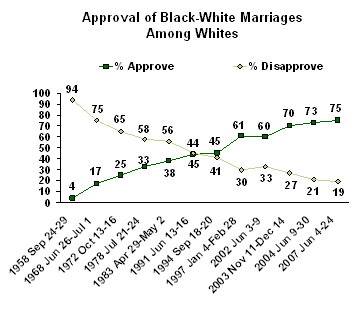The book gives us an example of the Disney Corporation as a "noteworthy" example of a culture industry. In which has been successful to the mass of mainstream movies, cartoons as well as cultural activities due to the fact that it produces amusement parks world wide and lastly is financially driven through all of its merchandise and components listed before. In my own example however we see and hear culture industries work through our televisions and radio, specifically music. Even though MTV is now not so "Music Television" anymore we still see and hear of the most popular groups of artists and music through these mainstream designated television programs (such as their sister programs i.e., MTV2).
Relating to myself, how do these cultural industries affect me? Well, all I can say is that most of them had me at "hello". Even though I do not watch much TV anymore whenever I am studying, doing homework or cleaning my television is on MTV2. They have the most recent music, popular music and new upcoming artists. This affects me because it allows me to become more interested in what they're selling me, and that is not only the music but an artist a beat and a company (such as a record company), making me want to watch and listen more, improving their ratings. This then correlates with me either purchasing it on iTunes allowing another culture industry to profit from my interest, then those profits go to the artist and record company. All in all through just one main stream interest I have a variety of industries are fueled to produce more. So in terms of my future with culture industries is that since I'm engulfed in it, I don't see me getting out of it. It's like a hobby, you enjoy it, it relaxes you and gives you your inner peace, which this industry does for me.




















